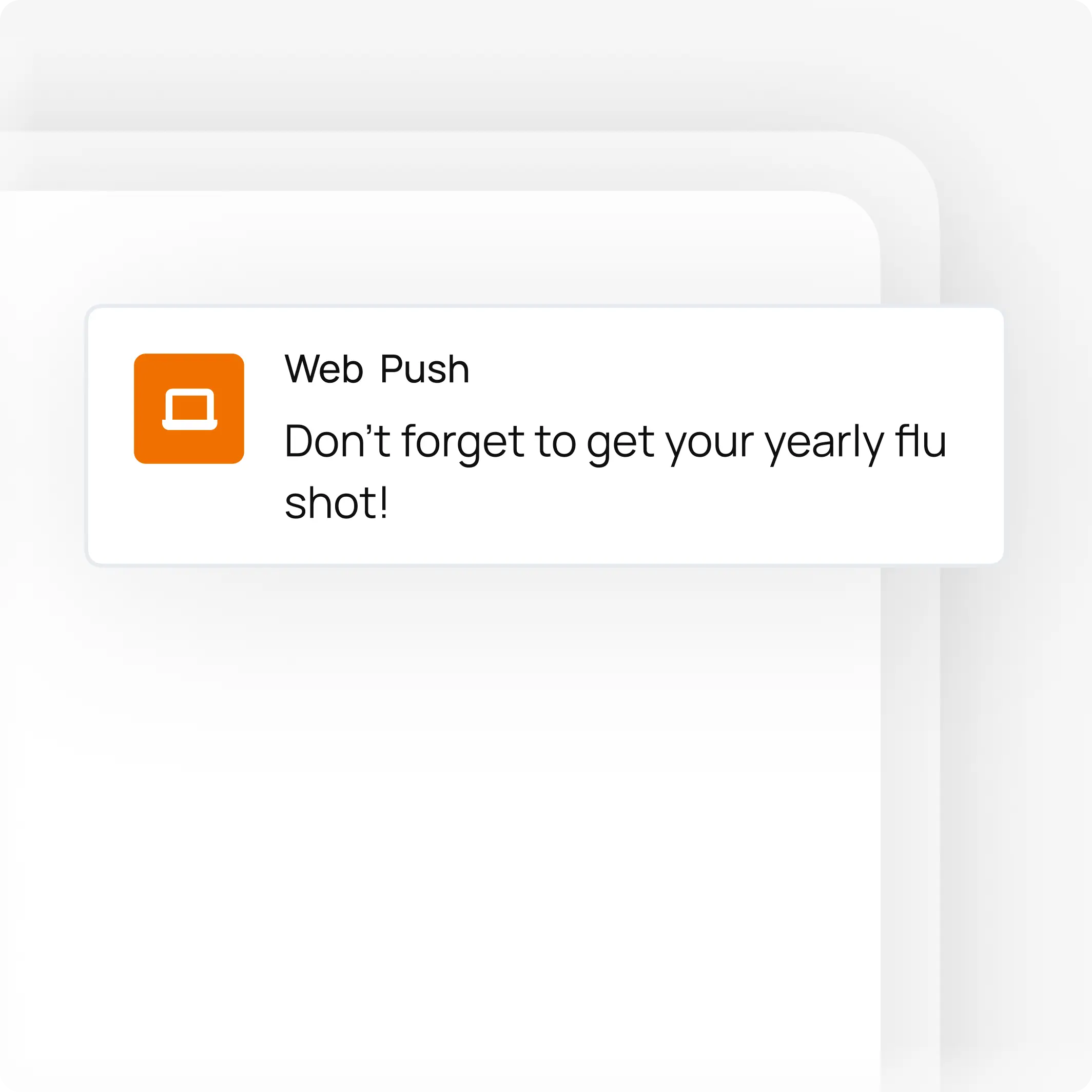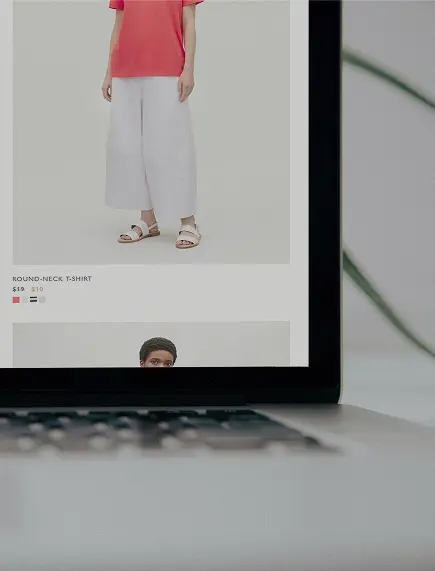The Future of Patient Care: A Deep Dive into Omnichannel Healthcare and HIPAA Compliance


The healthcare industry is in the midst of a profound, consumer-driven transformation. The traditional, provider-centric model—characterized by siloed communication, long wait times, and a fragmented patient journey—is giving way to a new paradigm often referred to as “Healthcare 3.0.” At the heart of this shift is omnichannel patient engagement, a strategic approach that places the patient at the absolute center of their own care journey by integrating all touchpoints—from telehealth platforms and mobile apps to call centers and traditional in-person visits—into a single, seamless, and secure continuum.
This is not merely a technological upgrade; it is a fundamental response to evolving patient expectations. Today’s patients expect the same level of convenience, personalization, and real-time communication from their healthcare providers that they receive from leading retail and technology brands. In fact, a recent study revealed that over 55% of patients would consider changing their healthcare provider if their communication channel preferences were not met.
However, unlike in any other industry, the path to omnichannel excellence in healthcare is paved with a unique and non-negotiable set of challenges, chief among them the stringent privacy and security mandates of the Health Insurance Portability and Accountability Act (HIPAA). This guide will provide a comprehensive exploration of omnichannel healthcare, detailing its key use cases and benefits, and offering a practical roadmap for navigating the critical landscape of HIPAA compliance.
What is Omnichannel Healthcare? A Unified Care Journey
Omnichannel patient engagement is the art and science of creating a cohesive, integrated experience across the full spectrum of patient interactions. It allows a patient to navigate between different channels without ever feeling like they are starting over or falling through the cracks. Consider this modern patient journey:
- A patient uses their provider’s mobile app to schedule a telehealth appointment.
- The day before the appointment, they receive an automated reminder via a secure, encrypted push notification.
- They conduct the consultation via a video call within the app.
- After the visit, the provider sends follow-up care instructions and educational materials to the patient’s secure online portal.
- When lab results are ready, the patient is alerted via another encrypted push notification, which deep-links them directly to the results page within the portal after they authenticate their identity.
- If the patient has a question about their new prescription, they can initiate a conversation with a HIPAA-compliant AI chatbot on the provider’s website, which can provide general information or escalate the query to a nurse or pharmacist for a secure chat.
Throughout this entire journey, the patient’s information, preferences, and interaction history are synchronized across all channels, creating a unified, efficient, and stress-free experience that fosters trust and active participation in their own care.

Key Use Cases and Benefits in an Omnichannel Healthcare System
When powered by a secure and compliant platform, an omnichannel strategy can deliver transformative benefits for both patients and providers.
- Dramatically Reduced Appointment No-Shows: Missed appointments are a significant source of lost revenue and operational inefficiency for healthcare organizations. By using automated, omnichannel appointment reminders sent via a patient’s preferred channels (such as secure push, SMS, and email), providers can cut no-show rates by up to 40%, optimizing schedules and improving resource allocation.
- Improved Medication Adherence: Medication nonadherence is a major public health challenge, leading to poor health outcomes and billions in avoidable healthcare costs. An omnichannel strategy can directly address this by delivering timely medication reminders, providing easy access to educational content about a patient’s condition, and facilitating on-demand consultations with pharmacists through secure chat or video. Studies have shown that this kind of multi-touchpoint engagement can improve medication adherence rates by as much as 15%.
- Enhanced Operational Efficiency and Reduced Staff Burnout: By automating routine administrative tasks like scheduling, reminders, and patient intake form collection, an omnichannel platform frees up valuable time for clinical and administrative staff. Furthermore, by deploying AI-powered chatbots to handle the high volume of frequently asked questions, providers can reduce call center volume by up to 50%, allowing staff to focus on more complex, high-value patient care activities and reducing the risk of burnout.
- A Superior, More Engaging Patient Experience: Ultimately, a seamless, personalized, and convenient experience leads to higher patient satisfaction and engagement. When patients feel supported and empowered to manage their own care through accessible digital tools, they are more likely to become active partners in their health journey, leading to better long-term outcomes.

The Compliance Mandate: Navigating HIPAA in an Omnichannel World
The use of any digital communication channel in healthcare is strictly governed by HIPAA’s Privacy and Security Rules. A failure to comply can result in severe financial penalties—up to millions of dollars per violation—and irreparable reputational damage.
- The Business Associate Agreement (BAA) is Paramount: This is the absolute cornerstone of compliance. Any third-party vendor that creates, receives, maintains, or transmits Protected Health Information (PHI) on behalf of a healthcare provider is defined as a “Business Associate.” This includes your cloud hosting provider, your email service, and your omnichannel platform vendor. You are legally required to have a signed BAA with each of these vendors. The BAA is a contract that legally binds the vendor to implement the same rigorous safeguards for PHI that are required of your organization.
- Crucially, many popular, mainstream marketing tools like Mailchimp will not sign a BAA and are therefore non-compliant and cannot be used for any communication containing PHI.
- End-to-End Encryption (E2EE) is Non-Negotiable for Sensitive Data: All electronic PHI must be encrypted both “in transit” (as it travels over a network) and “at rest” (when it is stored on a server). For channels like push notifications, this requires end-to-end encryption (E2EE), where the decryption key resides only on the end-user’s device. This ensures the message content is inaccessible to anyone other than the intended recipient—including platform providers like Apple and Google. Standard SMS messaging is generally not considered a HIPAA-compliant channel for transmitting PHI because it lacks E2EE.
- Choosing a Purpose-Built, Compliant Vendor: Healthcare organizations must exclusively select technology partners that are purpose-built for the rigors of healthcare compliance. A platform like indigitall is designed with these requirements in mind. It offers HIPAA-compliant Encrypted Push Notifications, allowing providers to securely send sensitive information like lab results and appointment details. This capability is integrated into a broader omnichannel platform that includes secure AI chatbots and other compliant channels, enabling the creation of a truly secure and seamless patient journey. As the CMO of Proclinic Group, an indigitall customer, stated, “The interface is very simple and user-friendly, which makes the work easier. It is a tool designed for the user.”
Conclusion: Building the Future of Patient-Centric Care
Omnichannel engagement is no longer a futuristic concept in healthcare; it is the new standard of care. It represents a fundamental shift toward a more accessible, personalized, and efficient system that empowers patients and supports providers. By strategically integrating all communication touchpoints into a seamless journey and, most importantly, by partnering with technology vendors like indigitall who build their platforms on a foundation of robust security and unwavering HIPAA compliance, healthcare organizations can not only meet the expectations of the modern patient but also drive better health outcomes, improve operational performance, and build the lasting trust that is the bedrock of the patient-provider relationship.












